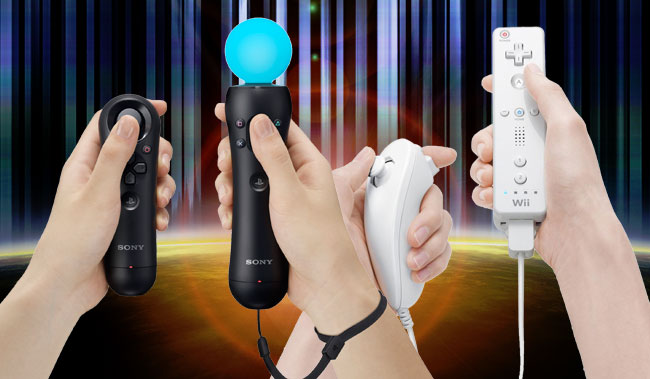If you ask most people to name a gaming console that uses motion controllers, they’re more than likely to name the Wii without much hesitation. After all, the 18-year-old console was the first to popularize such controllers. In fact, the Wii was best known for requiring the use of motion controllers for play. Like most 2000s kids, I had plenty of opportunities to enjoy the console myself. Although I did not personally own one, I always got the chance to play popular games like Mario and Wii Fit when I visited my cousins for family gatherings. At home, however, I enjoyed my fair share of movement-based gaming on a system that most people don’t seem to realize supports motion controllers: the PlayStation 3.
The PlayStation Move, which was released four years after the original Wii, was similar to its predecessor in all the ways you would expect. Unlike traditional gaming controllers, motion controllers at that time tended to resemble a wand, usable in one hand with space for a second in the other. Both consoles featured games that required the player to stand and mime movements that would then be mirrored by the in-game character. As one might expect, sports were the most popular genre for these types of games, allowing the player to do everything from swinging a bat to throwing a frisbee to spiking a volleyball.
Beyond the most obvious implementation of a motion controller, these consoles differed greatly in focus. Like every Nintendo console, the Wii could not be complete without featuring fan favorites like Super Mario Bros and the Legend of Zelda. To make these traditional games compatible with a movement-based controller, the company designed the Wii remote to be turned sideways and held similarly to a traditional gaming controller.
Sony, on the other hand, chose an entirely different direction for the PlayStation Move. Because normal games could already be played on the PS3 with a standard controller, the PS Move remote was only designed for one hand. Unlike the Wii, the PS Move came with a live camera that not only tracked the remote but could also cast the player and their room onto the screen. With this unique feature, I was able to experience a type of gaming I had never seen anywhere else: augmented reality.
With AR, there was no need to have an in-game character mimic my actions. Instead, I could watch the game play out around me in my room as the system made sense of my surroundings in real-time. My favorite and most memorable game based on this feature was one I got from my dad for my ninth birthday. The game, called Book of Spells, came with a real book that, at first, seemed to just be filled with QR-code-like shapes. On camera, however, it became an animated part of the game, allowing me to physically turn the pages as I interacted with its magical contents on-screen.
Although I may have some nostalgic bias, I still believe that the PlayStation Move was far more enjoyable than the Wii. Nonetheless, I always had a lot of fun with both consoles. It’s been exciting to see how far motion controllers have come with the development of virtual reality and I can’t wait to see where the technology goes next.
0 comments on “PAS2.4: Motion Controllers and Augmented Reality” Add yours →